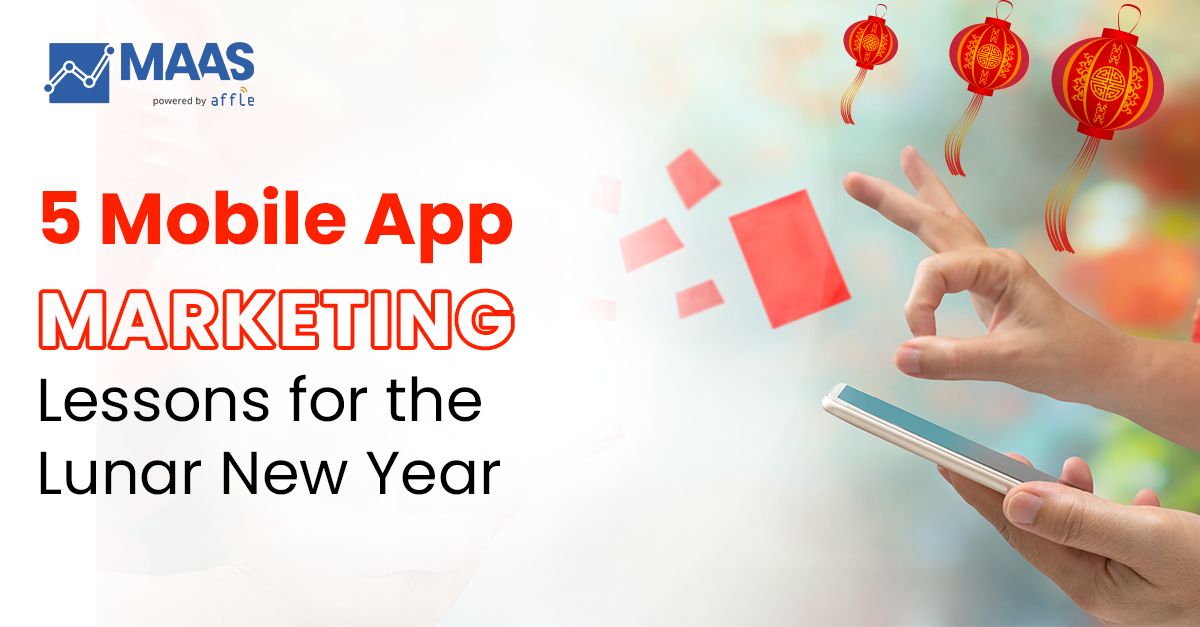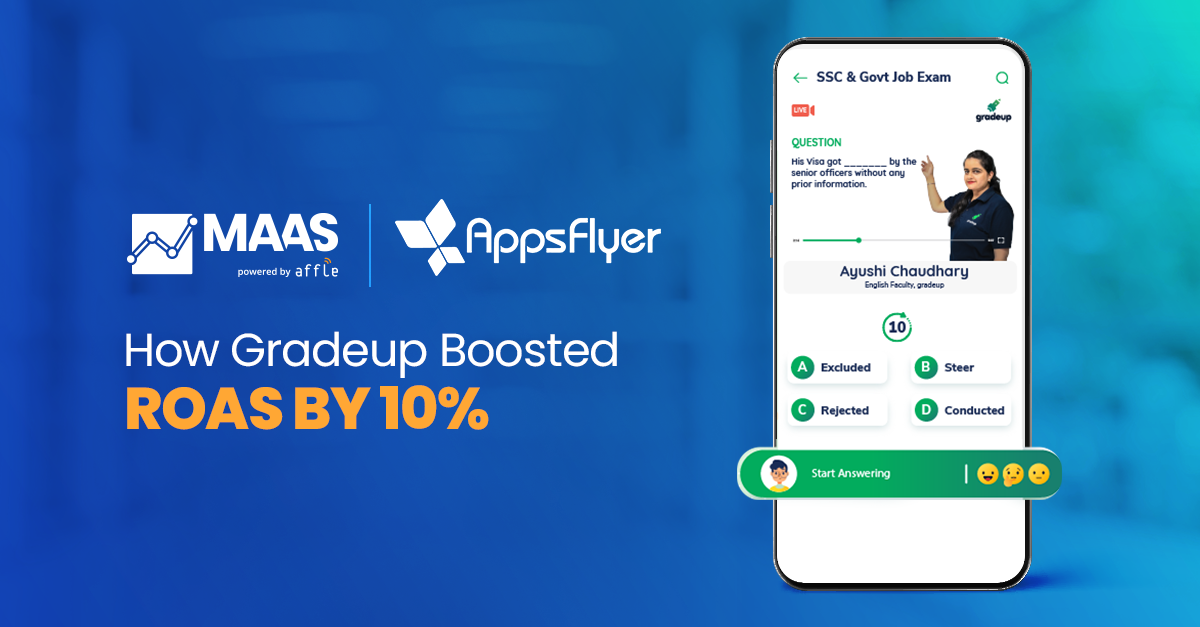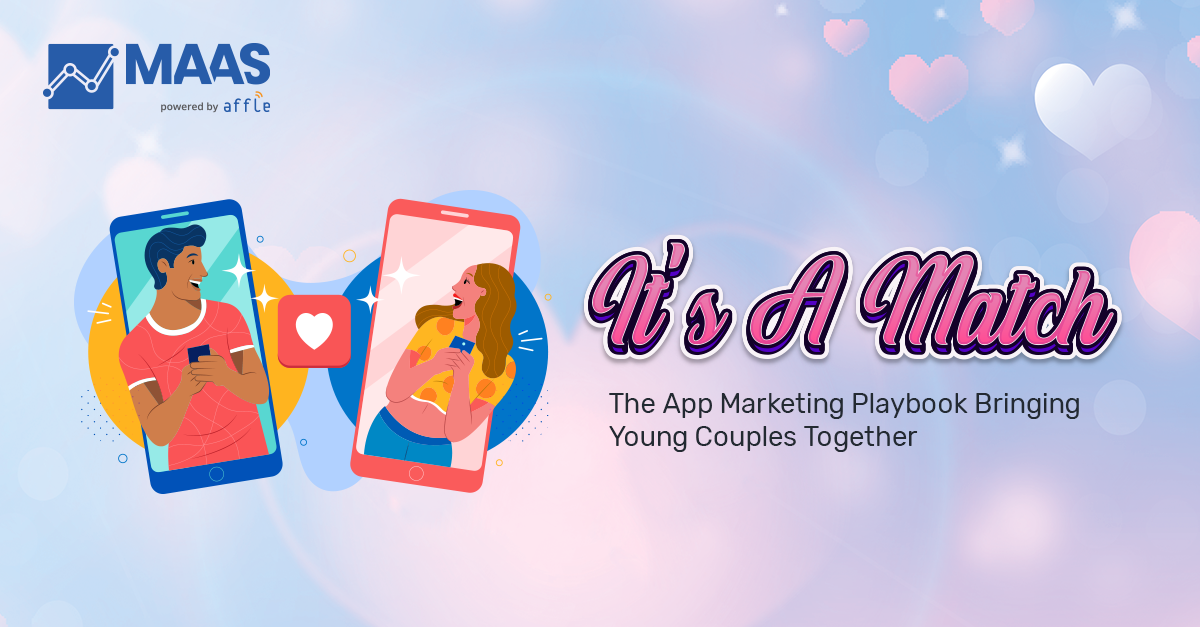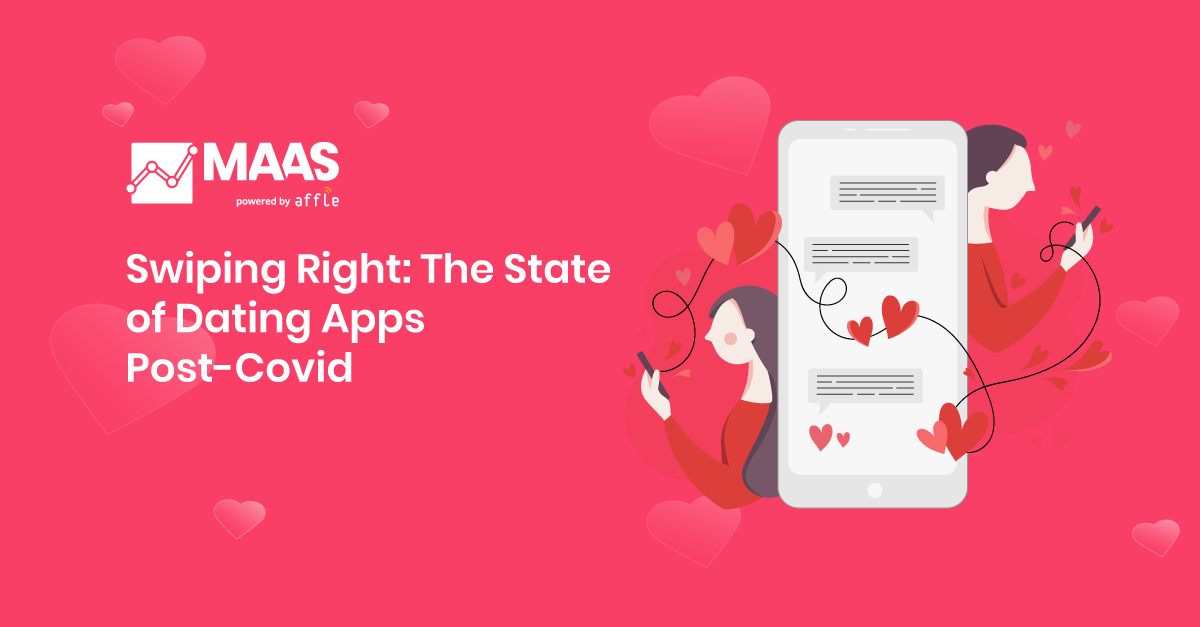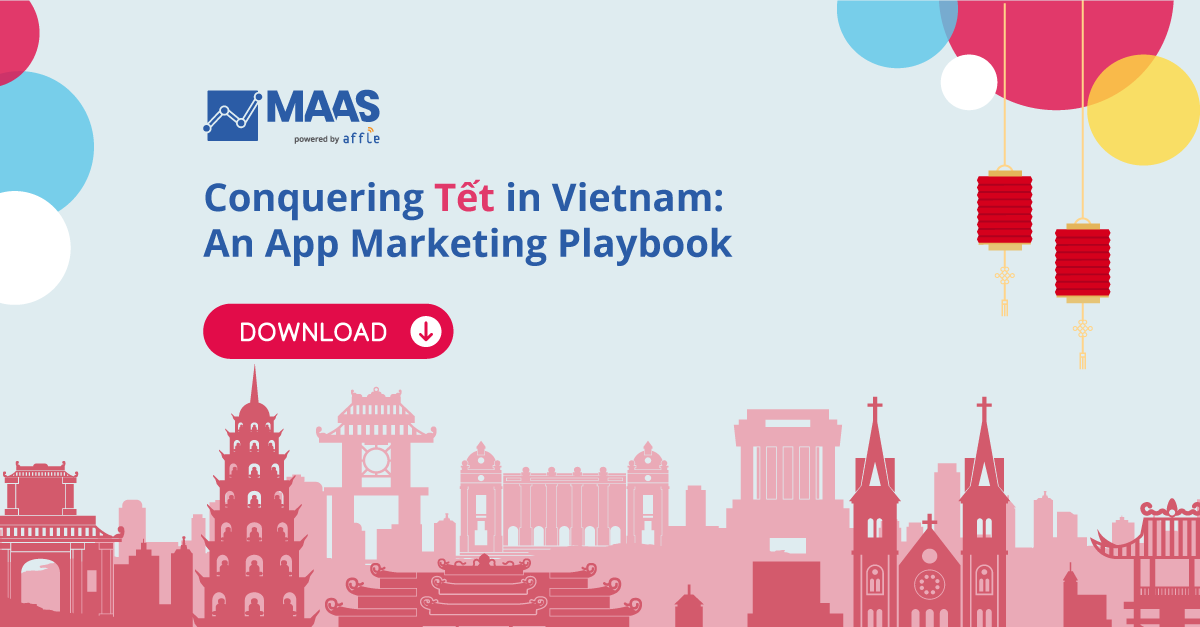Choosing the Right Mobile UA Pricing

User Acquisition Cost refers to the amount spent in adding a new user to your business – sources could be on your mobile app, desktop website or mobile web and other such devices. User acquisition (UA) campaigns may involve paid as well as organic channels, and User Acquisition Cost generally works as a metric to measure the performance of your UA campaigns.
How Do You Calculate User Acquisition Cost
In the simplest interpretation, the user acquisition cost is the ratio of the expense of user acquisition campaigns and the number of users acquired. However, calculating User Acquisition Cost or Customer Acquisition Cost is not that simple as modern-day marketing involves several complexities in terms of attribution of channels, cost models, KPIs, and tools.
Here are popular cost models along with the suitable verticals:
Cost per Acquisition (CPA)
For apps that have specific user acquisition parameters (like – registration, starting the trial account, etc.), the number of acquisitions is an indicator of the performance. Therefore, Cost per Acquisition (CPA) is a reliable cost model.
It means that the advertiser will pay to the channel for every user who installs and registers on the app with email or phone number. Calculations in this model are fairly straightforward as ads run on the pre-defined CPA.
Effective Cost per Thousand Impressions (eCPM)
While you are running a user acquisition campaign across different cost models, Effective Cost per Thousand Impressions calculates the total expense applicable for every thousand views. It’s an average CPM for various cost models. Relying on the standard conversion rate with the eCPM, you can calculate the user acquisition cost.
Cost per Click (CPC)
Cost per Click is among the most basic cost models in the digital marketing industry. Relying on the number of clicks as the performance indicator, In this model, the advertiser pays for every click on the ad. The calculation of user acquisition cost relies on the conversion percentage to further stages in the marketing funnel.
Cost per Install (CPI)
For various apps, user acquisition is simply the installation of an app. Cost per Installation (CPI) works fine as a user acquisition cost model for such app marketers. The rate for each install is predefined by agreement between advertisers and ad platforms. Depending on the industry standards and target audience, the CPI rate may vary.
Cost per Engagement (CPE)
Cost per Engagement involves attracting engagement in the installed app. This payment model is helpful in a situation where a potential user has installed the app they are not engaging with. The calculations for this cost model depends on certain conversion rates (based on industry standards or previous results) for stages that follow later in the funnel. For example, this cost in case of video ads could be cost per user for engaging with the video for at least 10 seconds.
Cost per Sale (CPS)
Cost per Sale relies on the number of transactions that the user is making in the app. You have to pay the publisher or ad network for every sale. This customer acquisition cost model works regardless of the amount of sale. Calculations of CAC in this model are almost similar to the CPE model. You can pick a standard conversion rate for the number of sales and the number of customer acquisitions to measure the CAC.
What is a Good User Acquisition Cost?
Different industry verticals and regions have varying customer value, which means a good user acquisition cost can’t be a definite number. But you can still standardize a figure for your marketing efforts and develop a profitable business plan. It means you need your expenses (Customer Acquisition Cost) to be much lesser than the earning (Lifetime Customer Value). The higher the ratio of LTV to customer acquisition cost, the higher the ROI.
Get in touch with our team today to understand the right campaign strategy for your goals.



